Suspension Parts Marcedes Benz
Suspension Parts Marcedes Benz Specification
- Model No
- 2018
- Product Type
- Suspension Parts Marcedes Benz
- For Use In
- Automobile Industry
- Finish
- Good
- Working Life
- 5 yers Years
- Warranty
- 1 yers
Suspension Parts Marcedes Benz Trade Information
- Minimum Order Quantity
- 15 Boxes, Box
- Payment Terms
- Cash Against Delivery (CAD), Cash on Delivery (COD), Cash Advance (CA), Cash in Advance (CID), Cheque, Delivery Point (DP)
- Supply Ability
- 1000 Boxes, Box Per Day
- Delivery Time
- 1 Days
- Packaging Details
- cardboard box and cover with sack
- Main Domestic Market
- South India
About Suspension Parts Marcedes Benz
Mercedes-Benz vehicles are renowned for their smooth ride and precise handling, which is largely due to their advanced suspension systems. The suspension system in a Mercedes-Benz is composed of various components that work together to provide comfort, stability, and performance. Hereis an overview of the key suspension parts in a Mercedes-Benz:
1. Shock Absorbers and Struts:
- Function: Shock absorbers and struts control the up-and-down motion of the vehicle, absorbing impacts from bumps and rough roads.
- Types: Mercedes-Benz vehicles may use traditional shock absorbers, struts, or more advanced systems like AIRMATIC (air suspension) or Active Body Control (ABC).
- Advanced Systems:
- AIRMATIC: This air suspension system allows the vehicle to adjust its ride height and stiffness based on driving conditions.
- Active Body Control (ABC): An advanced system that uses hydraulic actuators to counteract body roll and maintain stability during cornering.
2. Control Arms:
- Function: Control arms connect the wheel hubs to the frame of the vehicle, allowing the wheels to move up and down while maintaining alignment with the body.
- Upper and Lower Control Arms: Mercedes-Benz vehicles typically have both upper and lower control arms that work together to maintain stability and control.
3. Ball Joints:
- Function: Ball joints act as pivot points between the control arms and the wheels, allowing the wheels to move independently while maintaining a stable connection to the suspension.
- Wear and Maintenance: Over time, ball joints can wear out, leading to clunking noises, uneven tire wear, and poor handling.
4. Stabilizer Bars (Sway Bars):
- Function: Stabilizer bars, also known as sway bars, reduce body roll during cornering by distributing the force across the suspension.
- End Links: The stabilizer bar is connected to the suspension via end links, which can wear out over time, leading to reduced handling performance.
5. Springs:
- Function: Springs support the vehicle's weight and absorb shocks from the road. Mercedes-Benz vehicles may use coil springs, air springs (in the case of AIRMATIC), or a combination of both.
- Air Springs: In models equipped with air suspension, air springs provide adjustable ride height and can adapt to different driving conditions.
6. Bushings:
- Function: Bushings are rubber or polyurethane components that provide cushioning between suspension parts, reducing noise and vibration.
- Types: Common bushings include control arm bushings, sway bar bushings, and subframe bushings.
7. Tie Rods:
- Function: Tie rods connect the steering rack to the wheels, enabling the vehicle to steer. They play a crucial role in maintaining proper alignment and handling.
- Inner and Outer Tie Rods: Mercedes-Benz vehicles have both inner and outer tie rods, which must be in good condition to ensure precise steering.
8. Subframe and Mounts:
- Function: The subframe provides structural support for the suspension components and the engine. Mounts secure the subframe to the chassis and help absorb vibrations.
- Subframe Bushings: These bushings cushion the connection between the subframe and the chassis, contributing to ride comfort and noise reduction.
9. Wheel Bearings:
- Function: Wheel bearings allow the wheels to rotate smoothly with minimal friction. They are critical for maintaining stability and reducing rolling resistance.
- Maintenance: Worn wheel bearings can lead to noise, vibration, and poor handling, and they should be replaced when necessary.
10. Alignment and Camber Kits:
- Function: These components allow for adjustments to the wheel alignment, ensuring that the wheels are properly aligned for optimal handling and tire wear.
- Performance Upgrades: Enthusiasts may use camber kits to adjust the angle of the wheels for better cornering performance.
Maintenance and Replacement:
- Regular Inspection: Suspension components should be regularly inspected, especially if you notice changes in handling, ride comfort, or unusual noises.
- Replacement Intervals: Suspension parts can wear out over time due to normal driving conditions, so it's important to replace them as needed to maintain optimal performance.
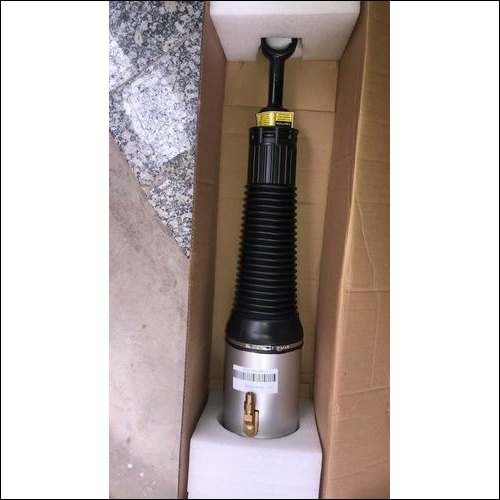
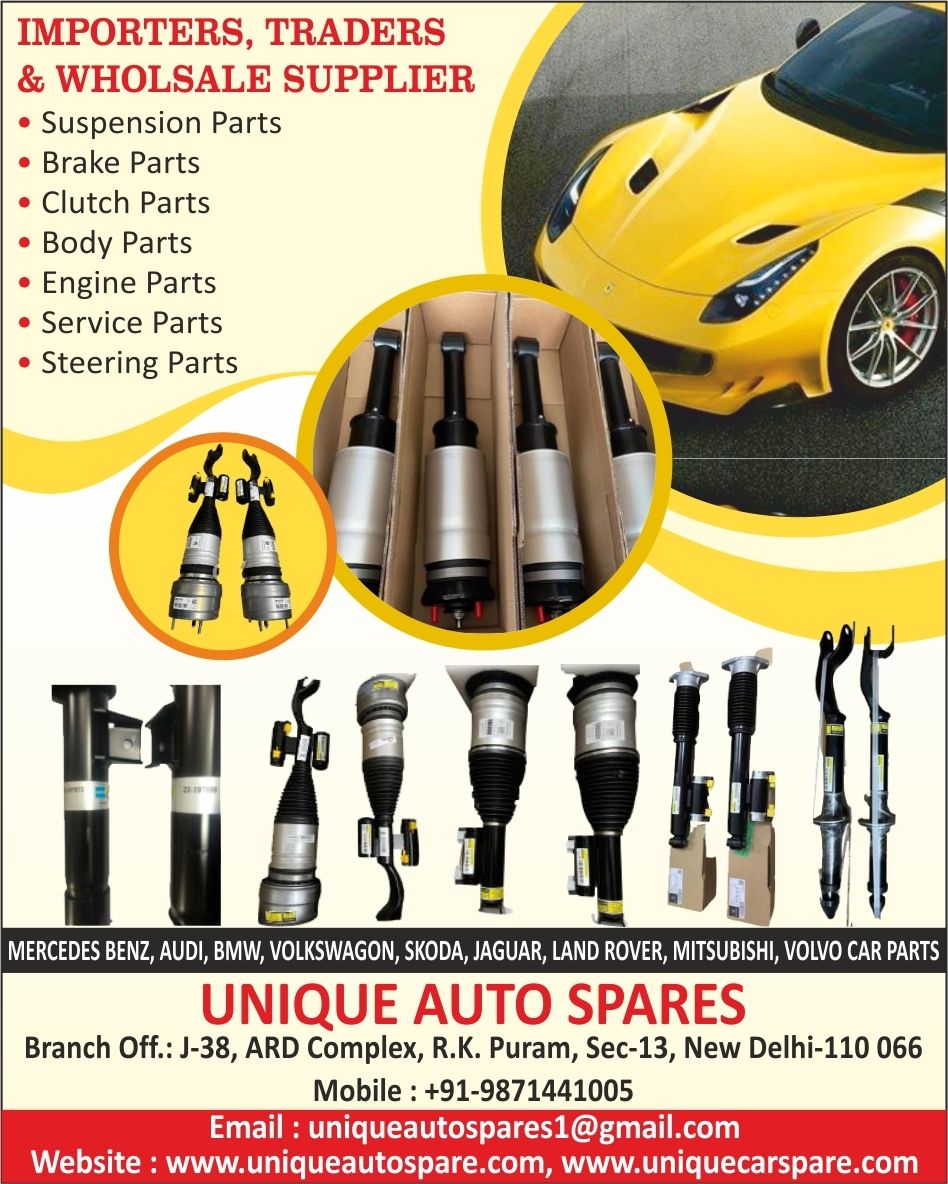
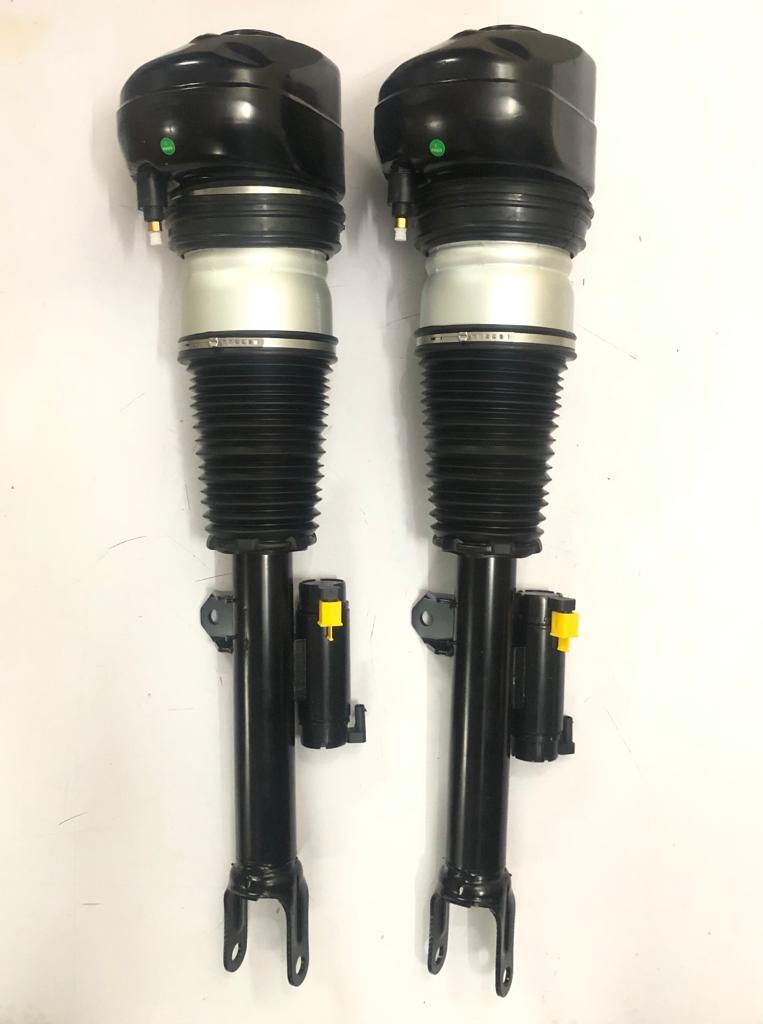
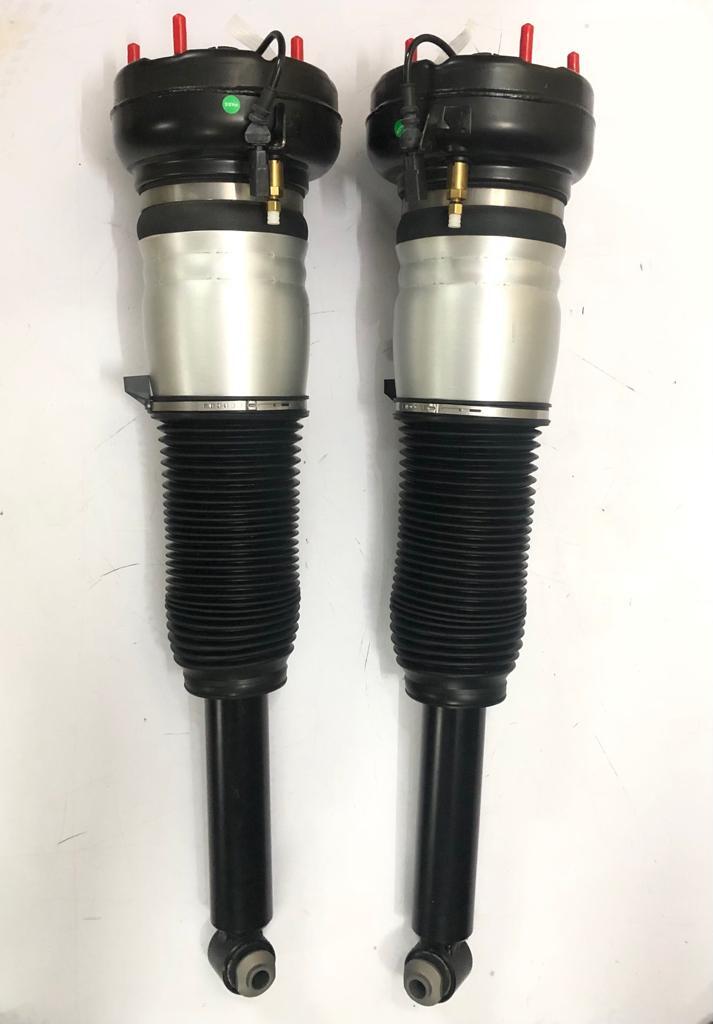
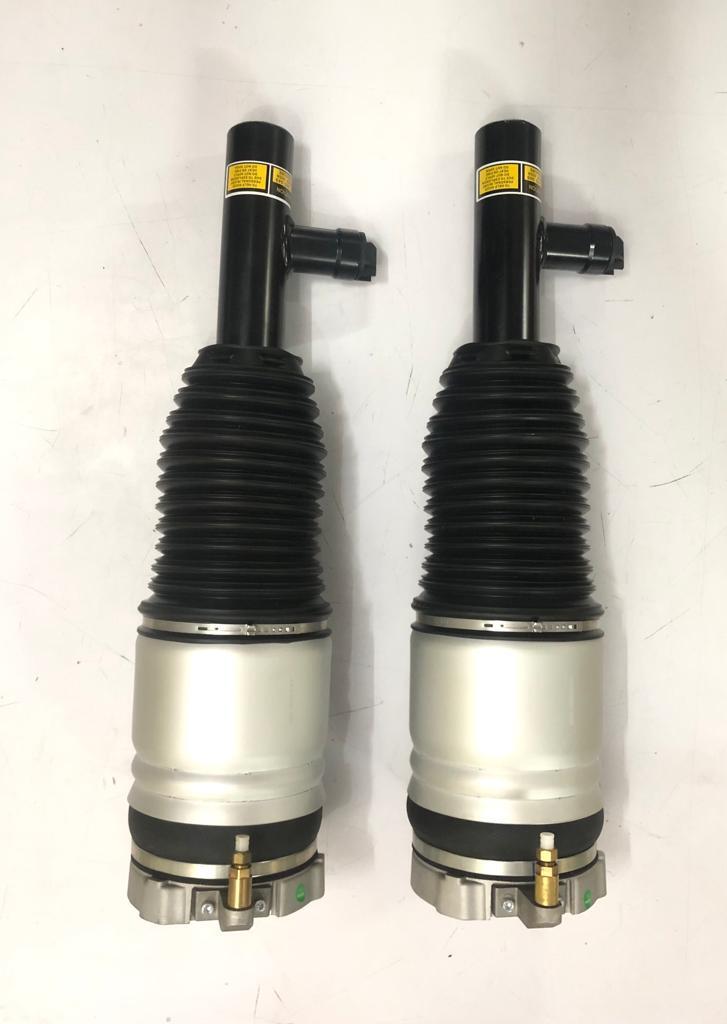
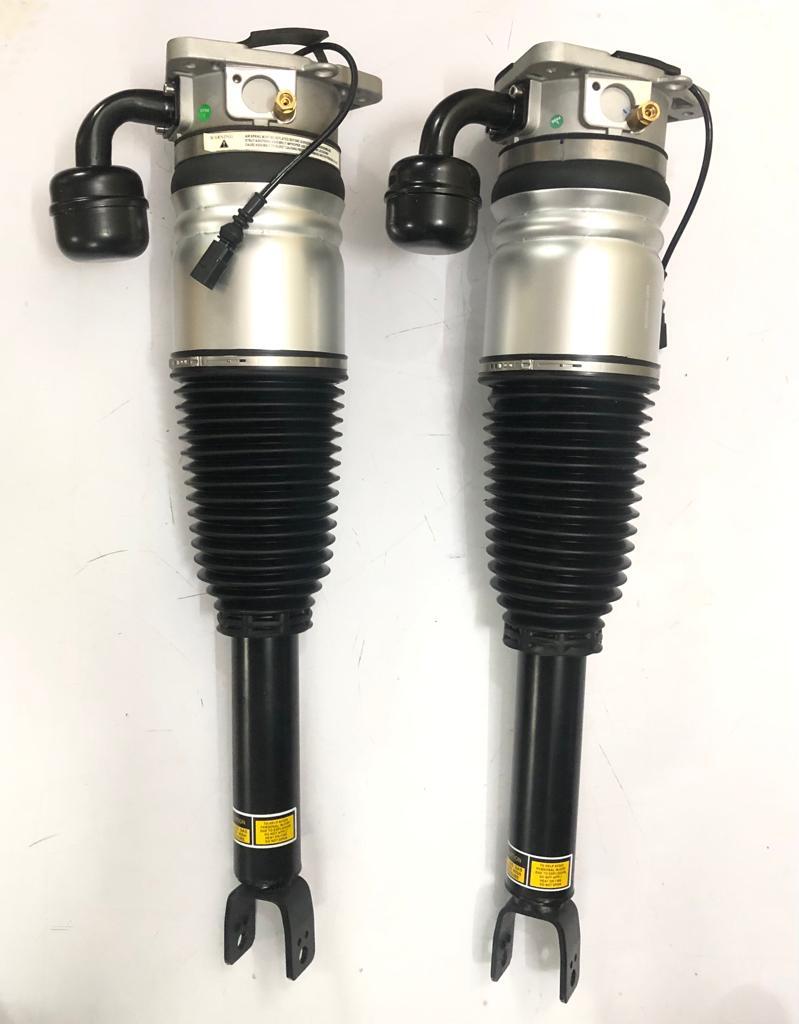
- Minimum Order Quantity
- 15 Boxes, Box
- Supply Ability
- 1000 Boxes, Box Per Day
- Delivery Time
- 1 Days
- Main Domestic Market
- South India

Price:
- 50
- 100
- 200
- 250
- 500
- 1000+
More Products in Car Air Suspension - Airmatic shocker - Airmatic Shocker Balloon Category
Airmatick Baloone
Price Range 1.00 - 100.00 / Piece
Minimum Order Quantity : 15 Pieces
For Use In : Automobile Industry
Product Type : Airmatick Baloone
Model No : 8979456432
Color : Black
Airmatick Car Shoker
Minimum Order Quantity : 10
For Use In : Automobile Industry
Product Type : Airmatick Car Shoker
Model No : 789788545
Color : Black
Audi Car Shocker
Price Range 4225.00 - 4500.00 / Set
Minimum Order Quantity : 100 Pieces, Piece
For Use In : Automobile Industry
Product Type : Audi Car Shocker
Model No : 877845664542
Color : Black
Car Suspension
Minimum Order Quantity : 50 Pieces
For Use In : Cars
Product Type : Car Suspension
Model No : 546865445
Color : Black


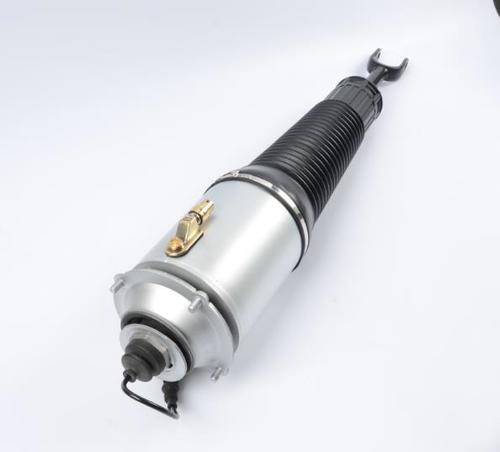
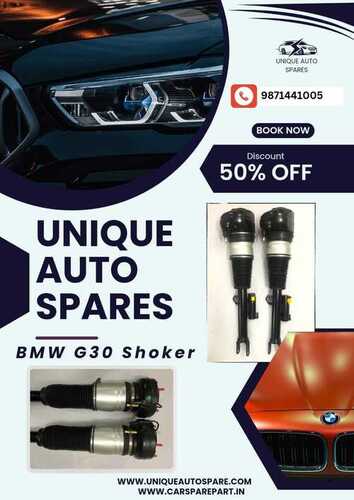
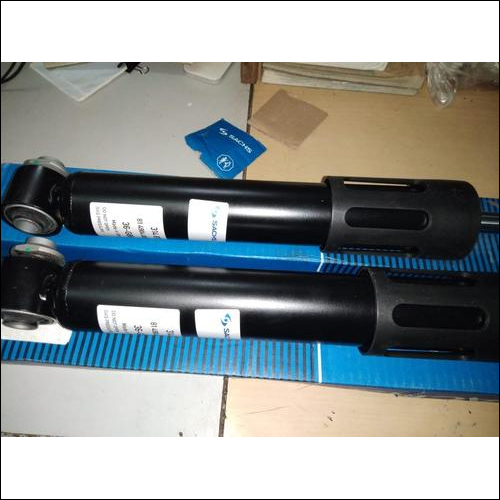
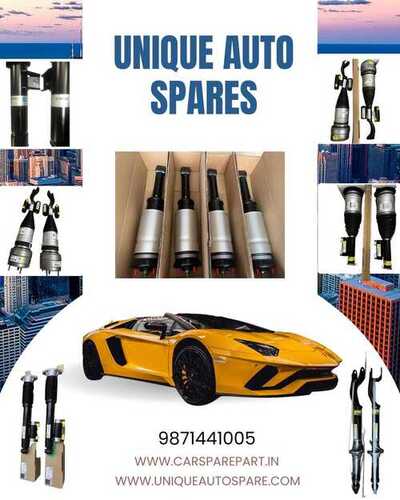
 Send Inquiry
Send Inquiry Send SMS
Send SMS
